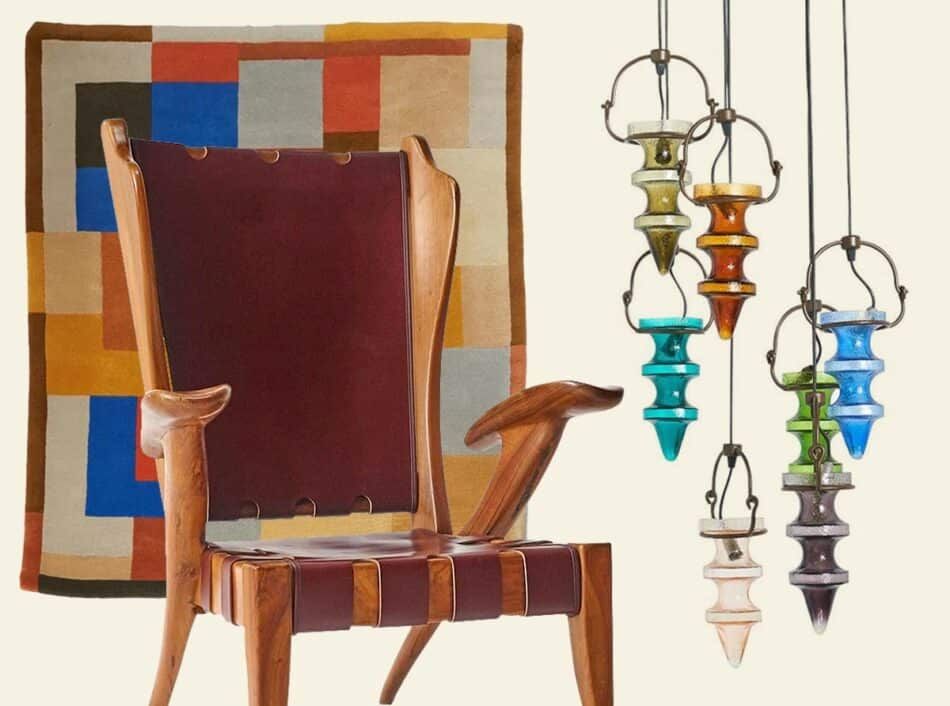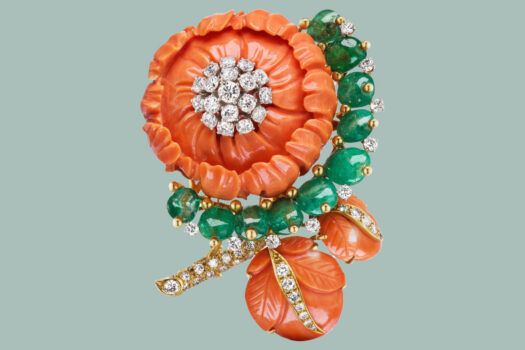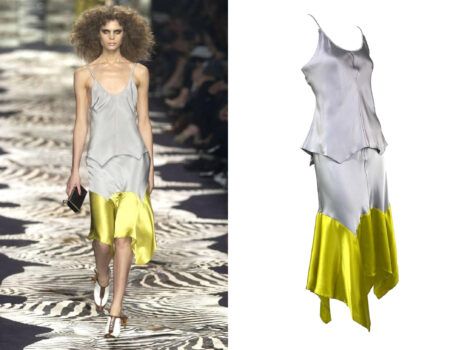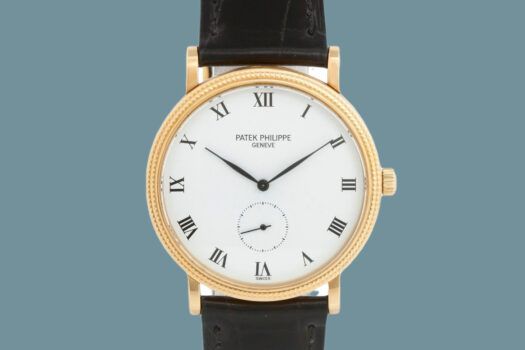
“I never meant to be a gallerist,” says Charles Almond, a California native with a passion for 20th-century design. But he did become one, founding Almond & Co. in San Francisco in 2011. The existence of 1stDibs, then just over a decade old, was one thing that had helped spur him on to become a dealer.
“My collection got so big,” says Almond, who now lives in Rome. The site was the perfect place to share it with the world.
Today, the treasures in his trove, some of which are featured in his 20,000-square-foot gallery, number in the thousands, and it makes perfect sense that he would also be an early adopter of selling on 1stDibs Auctions, a platform introduced this year.
Almond’s current auction offering of 70-plus objects spans decades, with a credenza by Frank Lloyd Wright mingling with furniture by Frank Gehry. Many of the pieces boast bright colors or sinuous curves.
He makes a point of casting a wide net. “I’m a 20th-century collector, but I don’t discriminate against contemporary makers,” Almond says. “I love finding new talent, especially when it mixes well with older things.” Occasionally, those things aren’t just older but antique. “I’ll find myself collecting back to the Arts and Crafts period and aesthetic movement, to see the seeds of the 20th century,” he explains.
Here, Almond talks through four particular stand-outs from his 1stDibs Auctions collection. “Not all of them are things I want to part with,” he says. But he will reluctantly do so, to the benefit of bidders.
Gio Ponti Apta Drop-Leaf Table
Gio Ponti (1891–1979) was a wildly prolific Italian architect and designer, responsible for more than 100 completed buildings and countless iconic objects, like his Superleggera chairs. This drop-leaf table has the ultimate ’70s color combination — orange and red — on its lacquered top.
“Everything he did is so collectible,” says Almond. “But authenticated pieces like this one are rare. I bought this from his granddaughter, who lives in Florence.” He adds, “Being in Italy is great for me as a buyer.”
The table displays ingenuity, as in the shape of its interlocking legs. But ultimately, Almond says, “it’s the simplicity that wins me over.”
Sonia Delaunay Labrinthe Rug
Sonia Delaunay (1885–1979) was a passionate color theorist and employer of strong hues in her work, as was her noted painter husband, Robert Delaunay. She worked in a variety of media, from painting and sculpture to fashion, but is perhaps best remembered for her textiles, especially her rugs. Among her many achievements, she was the first living female artist to have a retrospective at the Louvre, in 1964.
“She’s the most underrated artist of her era,” says Almond. “I love her artwork.” In fact, this hand-tufted wool rug, which has an Art Deco geometric pattern, was the inspiration for a whole booth Almond mounted at the FOG art fair in San Francisco several years ago.
The interlocking blocks of blue, orange, black, red and yellow are irresistible. “I respond to color,” Almond says.
Nanny Still for RAAK Stalactites Chandelier
The Netherlands has a reputation as a hub for cutting-edge design, from Droog’s witty wares to the buildings of Rem Koolhaas. Its avant-garde roots go way back. RAAK, founded in 1954, was one of the 20th century’s most innovative lighting manufacturers, employing such artisans as Willem van Oyen to make striking designs, like a series that was inspired by the stained glass in Chartres Cathedral.
The brass hardware of this chandelier, by Finnish designer Nanny Still (1926–2009), holds seven art-glass “stalactites” in bright colors, all hanging at different lengths. Their quirky shapes mark the fixture as a mid-century creation.
“I love the whole world of glass artistry, especially lighting design,” says Almond. This particular piece, he adds, is “radical and organic, appealing to anyone who responds to abstract art.”
A female maker in an earlier era, Still did not get credit for all her work at the time. “I don’t think they ever put her name to it,” says Almond. This provides extra motivation for him to “celebrate an underestimated person, a woman artist.”
Guglielmo Pecorini High-Back Armchairs
These chairs sport seats and backs of burgundy leather, held in place by rivets. The dramatic, swooping lines make them sculptures in their own right. “If someone made these today, they’d be celebrated as a major furniture designer,” Almond says, emphasizing the bold contemporary style.
Guglielmo Pecorini, an Italian designer, was known for his wood creations and often included carved fruit and nut forms in his work. “I got them in Italy, and they are super cool — I really don’t want to sell them,” says Almond. “But there are always beautiful new things to find.”









